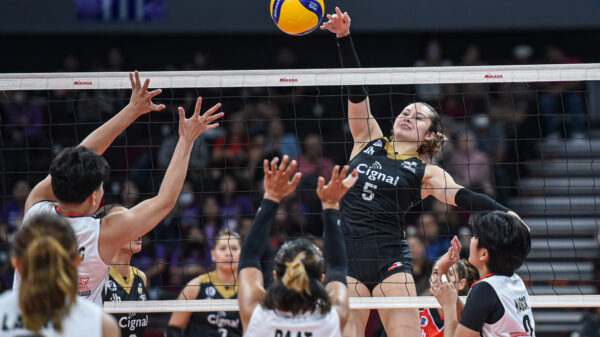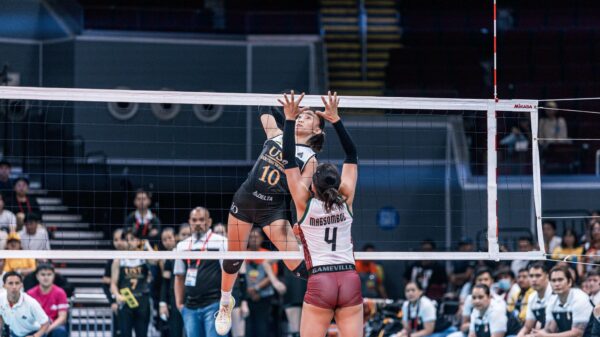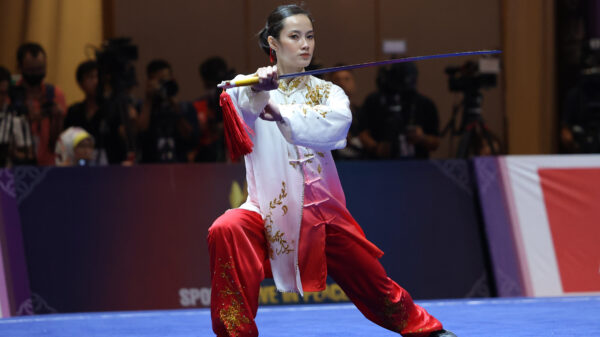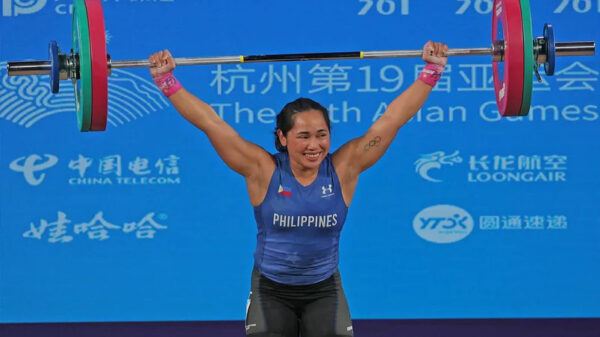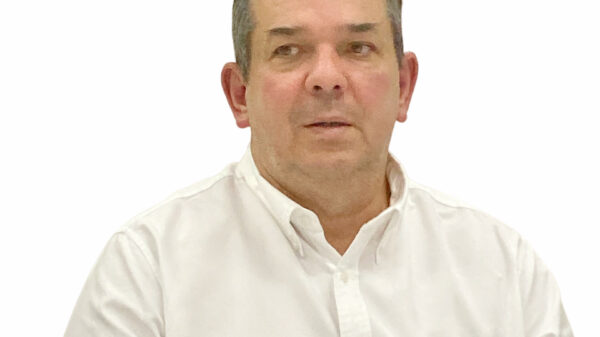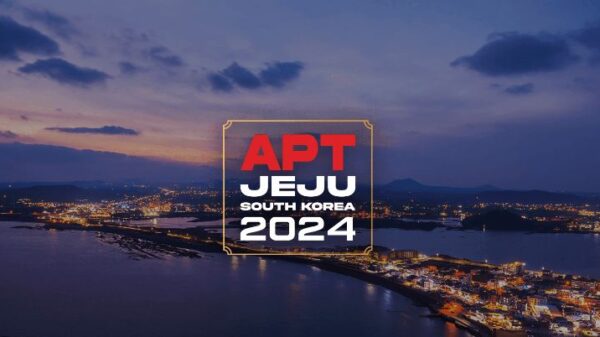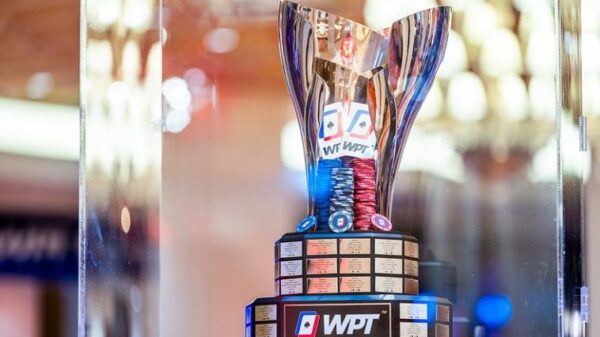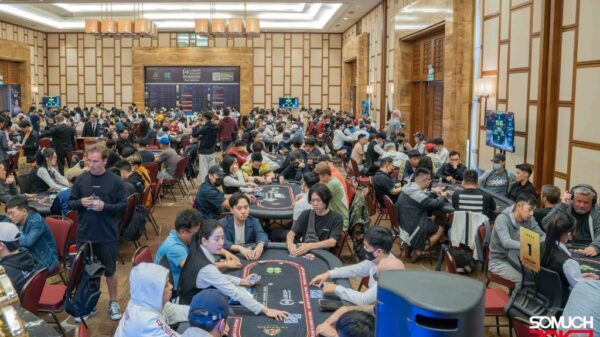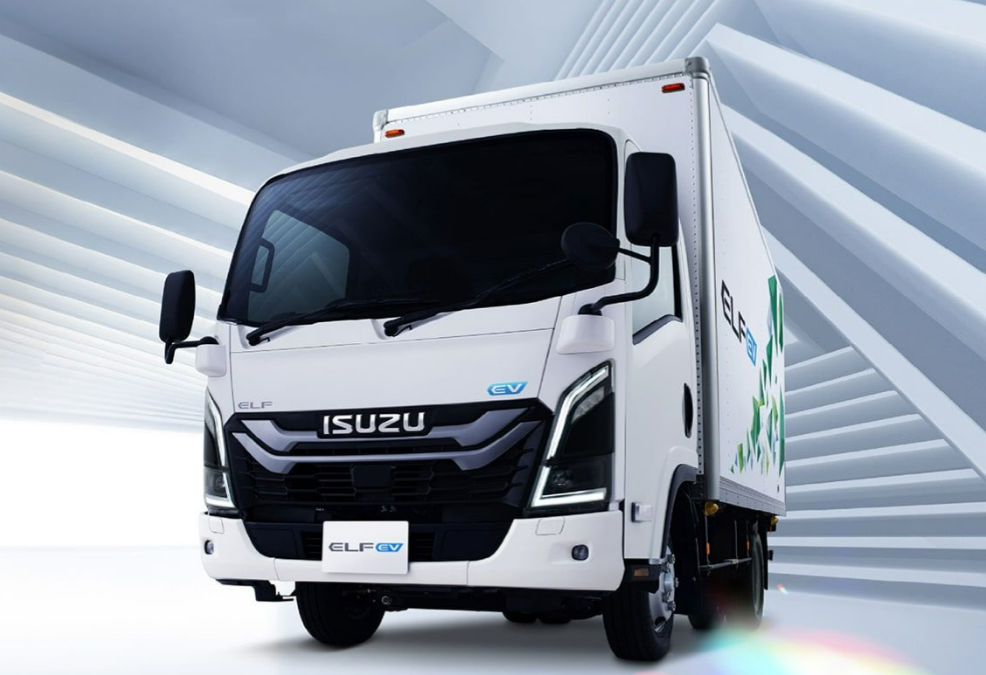In the transportation or logistics business, one might wonder why diesel has remained the go-to choice of truck owners and operators. Cost-effectiveness is one of the main advantages that drives them to rely on diesel-powered vehicles.
Diesel’s lower cost per liter makes commercial vehicles much cheaper to run, aside from the fact that diesel engines don’t require as much fuel to produce the same amount of power. This means that you get a range of extra kilometers for less money, making the use of diesel-powered trucks perfect for long hauls.
A diesel engine’s superior resilience has been proven to extend a truck’s lifespan when compared to those running on gasoline, meaning more kilometers for each liter of diesel.
Unlike gasoline, diesel generates higher compression for better combustion, which gives diesel-powered vehicles more torque out of each liter and are able to transport heavier loads faster. That’s why diesel is the choice for cargo carriers and any business that require transporting heavy loads.
In this field, Isuzu has remained dominant. With more than 80 years of experience manufacturing diesel engines, and with close to 28 million diesel engines produced, Isuzu sits at No. 1 in various commercial vehicle categories in 29 countries worldwide, including the Philippines.
But with the world market slowly shifting to pure electric alternatives, Isuzu has stepped up production of zero-emission vehicles with the launch of a battery-powered version of its N-series light truck. It even has a tie-up with Honda Motor in developing hydrogen-powered heavy trucks.
Early this year, LG Energy Solutions, one of the world’s leading battery makers, has agreed to supply its cylindrical batteries to Isuzu; a deal reportedly worth $748 million. LG has been supplying cells to Isuzu since June 2022. Isuzu intends to use the battery cells in a new electric version of its Elf medium-duty truck.
The Elf EV truck will be available in 3.5-ton and 7.5-ton versions and is expected to feature a Germany-developed CeTrax lite electric drive system and a 40-kilowatt-hour or 60-kWh battery pack.
The diesel engine maker has also invested $1.3 billion to produce an electric version of its D-Max pickup trucks in its Thailand plant. It is reported to have a range of 400 km and is expected to go into production by early 2025. Thailand is Isuzu’s largest pickup truck market, but the company also sells its D-Max in over 100 regions.
Last year, Isuzu has inaugurated an electric vehicle development and testing facility at its Fujisawa plant in Japan. The company hopes to hasten the creation of a comprehensive range of carbon-neutral compliant vehicles — electric vehicles tailored for commercial applications — by the year 2030.
The $276-million EV facility is aimed to start operations by 2026.
According to Isuzu Motors, the newly established electric vehicle development and testing facility will employ testing and evaluation equipment for components such as batteries, motors, EV systems, and thermal management.
The company added that by acquiring a deeper understanding of battery characteristics, it will seek to maximize battery management performance.
By utilizing the facility for fuel-cell electric vehicle systems, Isuzu will also conduct advanced energy management and thermal management optimization at the system level. This will contribute to improvements in driving range and performance.
The integration of these functionalities into the facility will help the company achieve its aim for faster development of electric vehicles.
On further improving the facility’s environmental compliance, the Fujisawa plant is set to install solar panels on the roof and side of the building. Reduction in CO2 emissions will be achieved by recovering waste heat from equipment within the facility to power air conditioners. To reduce overall power consumption of the facility, there will be power regeneration for battery testing and evaluation equipment.



